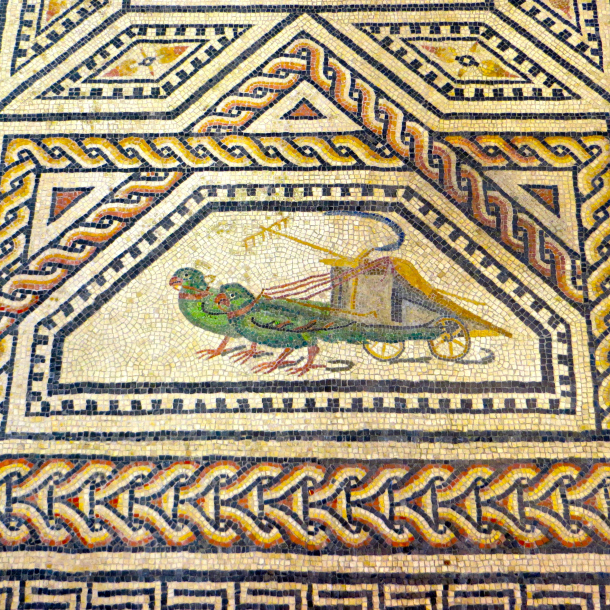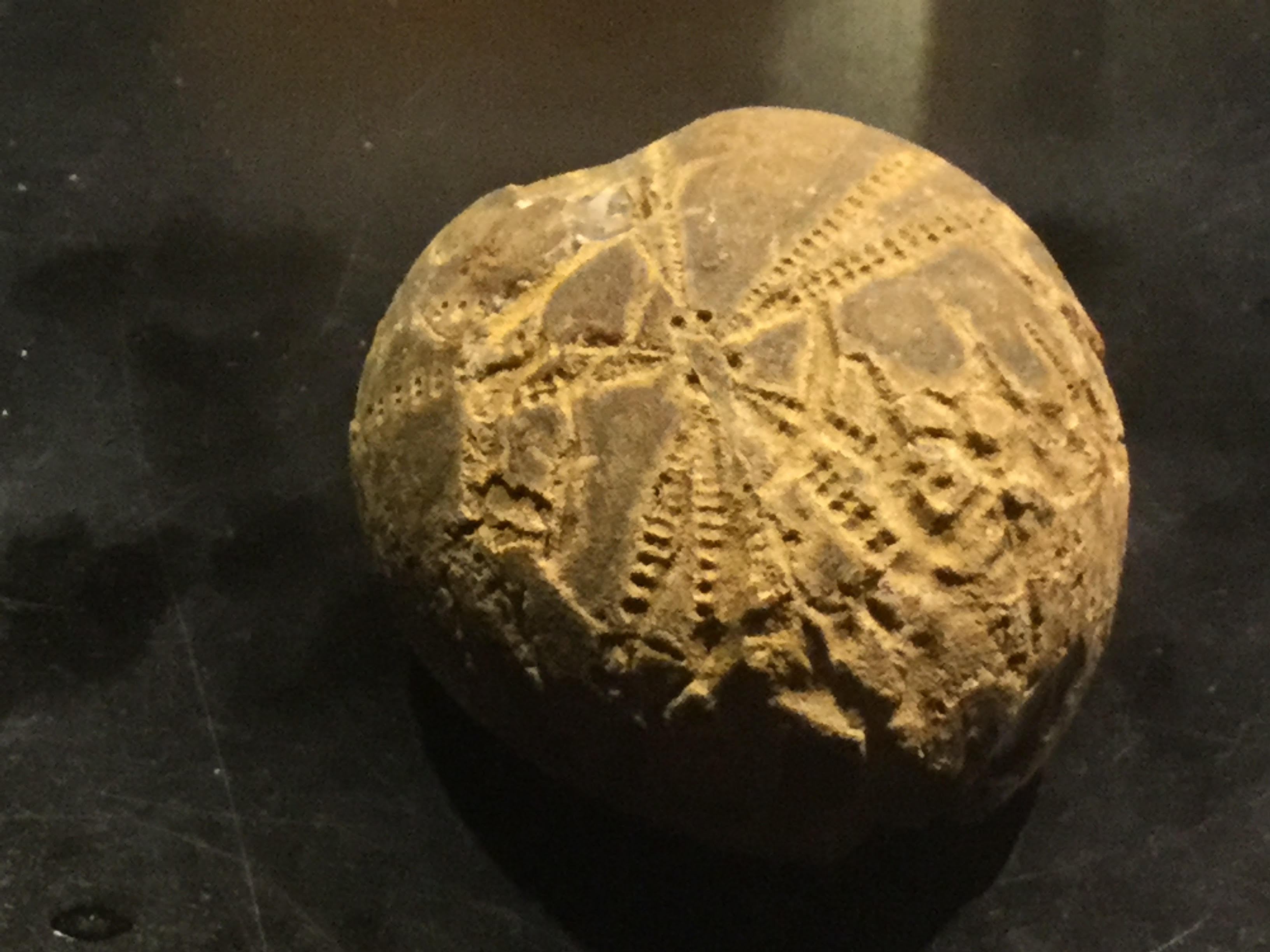High in the rooftops
A gardener tends the last rose.
New Year tomorrow, he thinks.
High in the rooftops
A gardener tends the last rose.
New Year tomorrow, he thinks.
"Listen" said my daughter, "I can hear a parakeet".
Our eyes traveled up to the top of the nearest leafless canal side poplar. There sat an exotic calling bird.
I
didn't know that these green parakeets have been seen in Amsterdam
since 1976 and are well settled. Famously they are frequent in London
parks, but they are also common in (at least) all the major cities of
the Netherlands, in the cities along the Rhine, and in Brussels.
They are from sub-Saharan Africa, and from India and surrounding countries. Their range extends into the foothills of the Himalayas and the birds we see in Europe probably have some of those hardy mountain genes, enabling them to survive cold winters. They also seem to thrive on street food — the scraps human drop on the pavement.
Their presence and swelling numbers here are controversial because they might pose a threat to native bird life. Yet paradoxically wild populations may be declining in some native habitats, because of trapping for the pet trade. Perhaps a time will come when Rose-ringed Parakeets are primarily a European species.
It's said that the ancient Greeks and Romans already kept these little birds as pets. They can taught to talk, so perhaps there would have been Greek- and Latin-speaking parakeets
"Χαιρε"
"Quis ergo est a pulchellus puer?"
Here's a charming mosaic I came across when reading up about Freya and her cat-chariot.

I
suppose this is some sort of Roman jest whose meaning we can't ever know
without having a time chariot. There is a miniature rake and sickle
visible. Is there a story now lost, such as "Parrots in Reins", like
"Puss in Boots"? Who can ever know?
Yesterday we reported health officials in England had advised overweight people to "Beef themselves up".
This was a typographical error and should have read "Beat themselves up".
Our apologies for this contusion.
I'm frightened to solve algebraic equations. It's the fear of the unknown.
lifes just the passers by on the street below
one of them was singing
On the third stair turned to smile again.
We shared a short trip
Up the aisle of eternity.
The pavements wet
By the canal.
Hurry home cyclists.
Not many people know this, but between the 16th and the early 19th centuries there was a flourishing sea-trade in horsehair between Western Europe and Turkey. The product was used to stuff sofas, which are even today sometimes known as ottomans, after the Turkish empire.
These ships sailed down the English Channel, along the west side of France, then crossed the notorious Bay of Biscay. Finally they rounded Spain and slipped through the Straits of Gibraltar.
As they travelled along the north African coast, history tell of 'Barbary Pirates', who would often attempt to intercept trading ships for the wealth they contained.These pirates were known as Corsairs.
When a pirate ship captured a merchantman bearing sofa-stuffing, the crew would describe their booty as 'Horsehairs for Corsairs'.
I was suffocating
As usual I crept out
And got the same old dose of moonburn.
Spring's a vixen crying in the dark.
Q. Why is slush apologetic?
A. Because it's snow slurry!
Look Gran, I explained for the n-th time. If you've seen one shopping centre, you've seen a mall.
Alfred, Lord Tennyson
Couldn't stomach venison.
He said, Excuse me if I just trot
Off, and write The Lady of Shalott.
Oh dear!
A couple of days ago I was marking... and I suddenly wondered where the ✓ symbol came from. I had no idea of its origins.
There seem to be two main theories (perhaps we should call them theroids)
1. When something was correct people used to put V by it, short for Latin veritas, 'truth'. In time this became modified to ✓ for quicker and more fluent writing.
2. When something was correct people used to put ν by it, short for Greek νιke, Nike = 'victory'. The rest of the explanation is the same.
Both are open to doubt. I've not found (so far) any evidence about the earliest use of the tick to mean something is correct, and (as is still the case today) it seems to often been used just as a check mark, 'done that'.
And in some cultural traditions a tick means wrong, not right. Presumably this derives from marking the items that need correction.
More research is needed! Meanwhile we are told the Nike 'Swoosh' ™ is definitely not a ✓, even though Nike is named after the Greek goddess of victory (that'd be Nike). Hmmm.
I asked if I could sweeten the Burgomaster. Apparently a little present was allowed. No money could change Hans.
Clipboard - ennui of hairdresser
Eraser - Europe and Asia
File - nasty (also: obsolete stringed instrument; small glass receptacle)
Label - legally responsible
Marker - spouse of Parker
Notebook - curt rejection of book
Paper - piecework
Rubber band - outlawing of eraser
Stapler - lesh unshtable
Tippex - dispose of unknown
Durn it. I thought they were saying I was deaf.
Can we enclose this cooked food product
In a steel cylinder about twice as tall as it is wide?
Doing this in a sterile environment. For reasons of health. And thenTaken out of the equation.

Time's an honest friend
Who never flatters me.

Meet Micraster, 'small-star', a sea-urchin that became extinct about 60 million years ago.
These fossils are very common and they are beautiful. It's a five-pointed star but also heart-shaped. I still have one I was given over sixty years ago.
But a couple of days ago I handled the one you see above, and it was special.
Something I didn't know is that these sea-urchins were often placed in Saxon graves, as this one had been.
No, we don't know why. These fossils have been found as grave goods in other times and in other places, and there are records of them being called various things in folklore; for example "Shepherds' Crowns" or "Fairy Loaves".
So were they placed in graves for their beauty? As food for the afterlife? As religious symbols? To ward off evil? Or just as a custom, whose origin everyone had forgotten? Or in my fanciful thought, because they looked like hearts, the seat of the emotions?
But these are just stories. Whoever put this fossil in that grave, more than a thousand years, had their reasons. We can guess and feel, but never know. But I was privileged to handle it and wonder.
Ladies and Gentlemen
Please welcome:
Mrs and Mr Corn and their revered father Pop.
Three generations of the Ola family, headed up by Granny.
The Tabixes, Husband and Wife, and their new little baby, Wee Tabix.
For a cricket umpire
Over and out.
For the flying doctor
Over and out.
This blog might contain posts that are only visible to logged-in users, or where only logged-in users can comment. If you have an account on the system, please log in for full access.